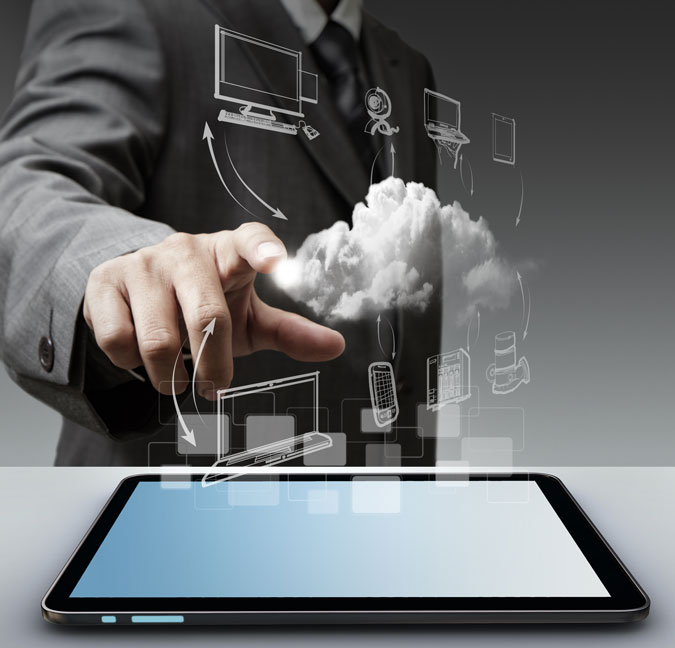Interesting consultation from the Treasury of the impact of digital migration of consumer bills, and the emerging trend to charge for a paper version, which may adversely be impacting those unable or unwilling to go digital. They suggest 1.2 million households are digitally excluded.
NBN Co forecasts that 94 per cent of households will have internet access by 2020, and 100 per cent by 2030. However, there is still a sizeable minority – 1.3 million households as of 2015 – who do not have access to the internet. These consumers currently have no practical way to transition to digital billing.
Individuals surveyed provided a variety of reasons for not accessing the internet. Many of the reasons provided do not suggest that the individuals fall into disadvantaged groups. However many cite a lack confidence or knowledge to access the internet or cost as the main reason for not accessing the internet. Based on the number of households who indicated cost or knowledge as their reason for not accessing the internet, Treasury estimates there are approximately 1.2 million Australians who do not have internet access at home because they either cannot afford it or because they believe they do not have sufficient technical skills. Given the relatively low cost and large benefits associated with having internet access, Treasury assumes a majority of the consumers who indicated cost as coming from one of the disadvantaged groups described. Additionally, in digital inclusion suggest many consumers who indicated lack of knowledge as a reason not to access the internet also likely come from one of the disadvantaged groups identified above.
In addition to those with no internet access there are also many Australians who lack the technical skills or appropriate technology to enable them to pay bills online. Digital inclusion is a measure of groups and individuals ability to access and use information and provides some insight into the makeup of this group.
Digital inclusion tends to decline with age and is lower among Australians with a disability and Indigenous Australians. Additionally, one in five Australians only has access to the internet through a mobile device. Modern mobile devices allow users to complete a majority of tasks that previously required a laptop or desktop, however some users may have difficulty reviewing their bills on a three to five inch screen. Mobile only internet access has been linked with socioeconomic factors including low income and low education levels.
Consumers who elect to receive paper bills and pay fees due to fear of online scams are an important subset of this group, although paper bills may also lead to identity fraud through mailbox theft. Unfamiliarity with the internet has been raised by many stakeholders as key reason why consumers do not want to transition to digital billing and justification for opposing paper billing fees.
Some consumers with lower levels of digital inclusion will still chose to receive digital bills. However a subset of this group will face significant barriers that may prevent them from accessing bills online and will instead pay paper billing fees. This suggests that there are likely disadvantaged consumers who have access to the internet, but still have no choice but to pay paper billing fees.
The provision of bills in a digital format, when compared to paper billing is often seen as a simpler, lower-cost and more environmentally friendly option for businesses and a more convenient option for consumers. Digital bills can also be integrated with other digital services and information such as electronic reminders or notifications, access to previous billing information, and online changes to personal details. For these reasons, it is viewed by some as being in the interest of business and the broader community to transition customers to digital bills. Paper billing fees – a charge for customers who elect to receive a paper bill – are a common mechanism used to encourage consumers to make the change to digital bills.
While many consumers may have the option to transition to digital bills, but choose to pay paper billing fees due to personal preference, there is a concern that this is not the case for all consumers. These consumers may pay paper billing fees out of necessity, because they do not have the ability to access digital bills.
There may be scope for the Government to take action to protect these consumers.
The policy options analysed in this RIS are:
- Option 1 — the status quo, with an industry led consumer education campaign;
- Option 2 — prohibition (ban) on paper billing fees;
- Option 3 — prohibiting essential service providers from charging consumers to receive paper bills;
- Option 4 — limiting paper billing fees to a cost recovery basis;
- Option 5 – promoting exemptions through behavioural approaches.
Further evidence on the likely impact of all options is required to conduct an informed evaluation of the options and to determine which approach should be pursued. The views of stakeholders will inform a final, Decision Making Council of Australian Governments (COAG) RIS.


One thought on “Should You Pay For A Paper Bill?”